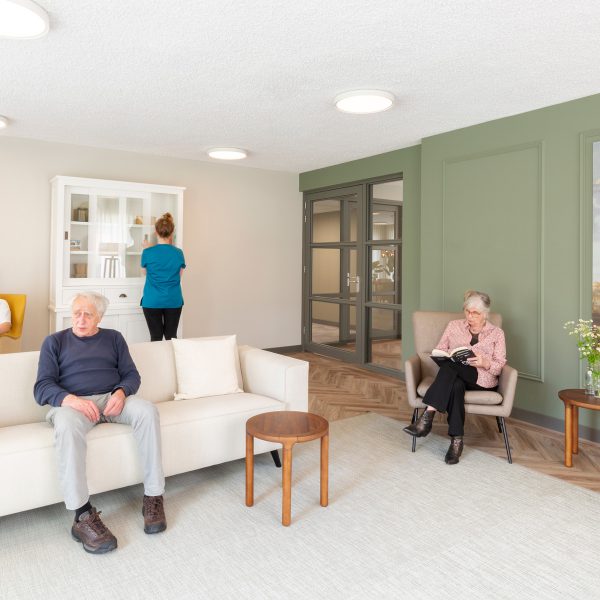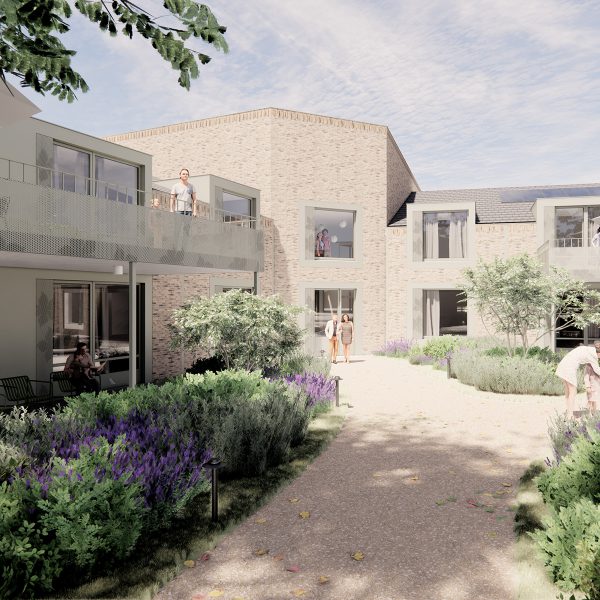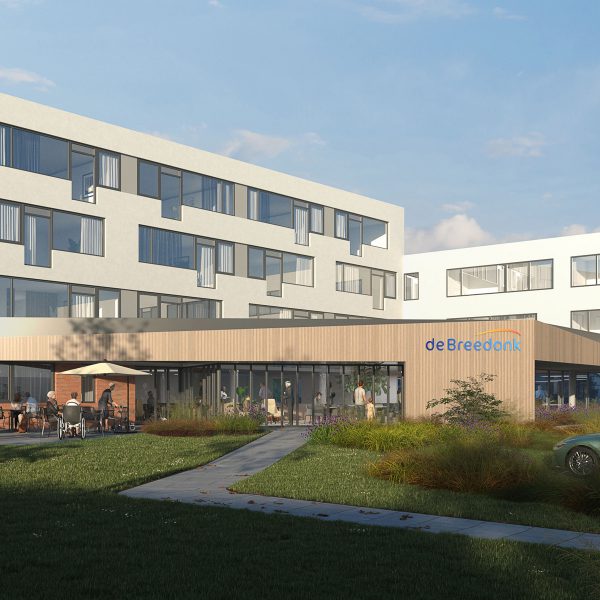Elderly care is changing, we outline new perspectives
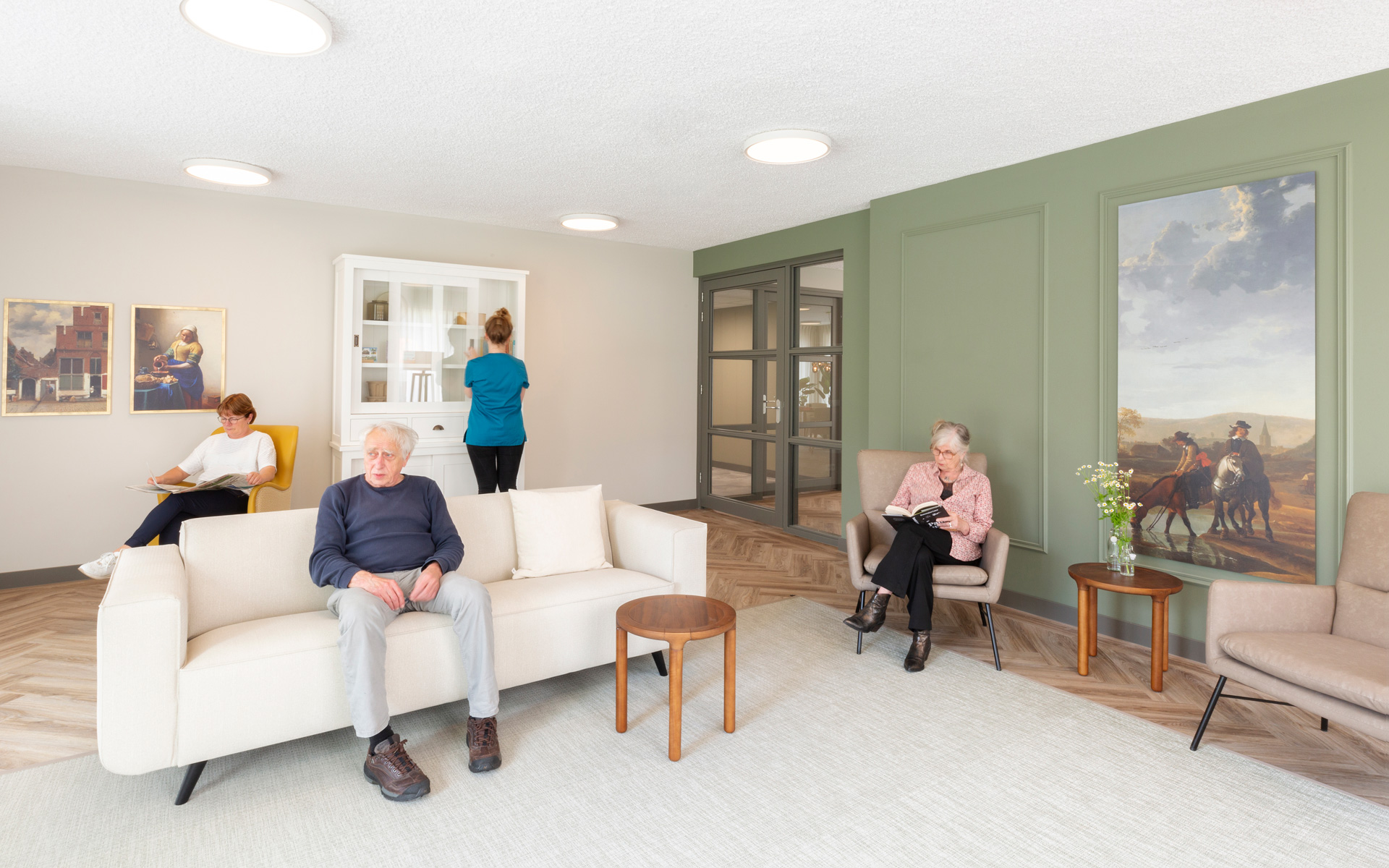
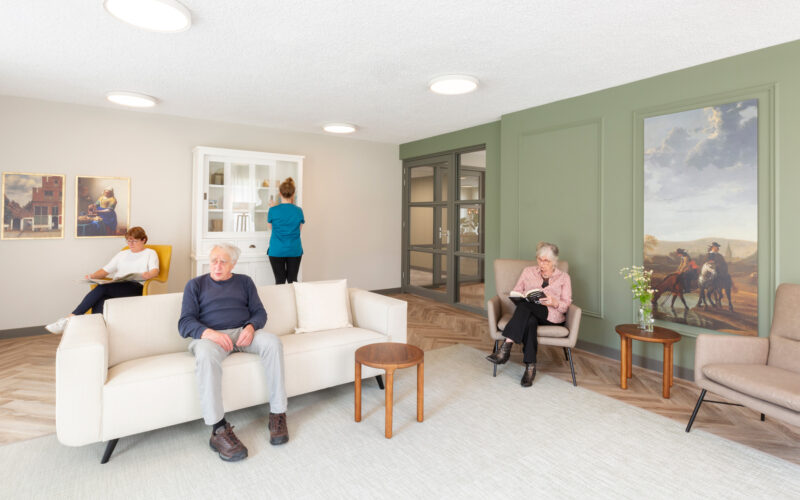
The future of elderly care requires new ideas. We need to move towards different ways of working and living. This is not just an issue for care organisations, but for society as a whole. And architecture is part of the solution. What role can buildings play in the inevitable transition of elderly care? Let us surprise you with new perspectives and design solutions.
The right people in the right place
Our country is aging. There is a growing number of elderly people with greater care demands and fewer and fewer healthcare workers available. This means we have to make choices and think about effective solutions. The efficient deployment of staff is more necessary than ever. This requires smart spatial layouts, communal (outdoor) spaces, good lines of sight, flexible workplaces and involving volunteers in the care process.
Space to be yourself
No two people are alike, and the same goes for the elderly: they are not a homogeneous group. The need for care varies from person to person. Preferences differ and so do financial possibilities. Care is shifting towards more varied approaches, which increase older people’s freedom of choice and self-reliance. Flexible care plans and different levels of care within a single complex are becoming more common, creating a range of spatial options.
Out in the community
Care for the elderly is evolving: from isolated care institutions to care homes in the middle of the community. Care institutions are seeking openness and turning towards society, both literally and figuratively. This encourages interaction between elderly people in need of care and the neighbourhoods and districts around them. Our designs always aim to encourage these encounters.
Impact on care facilities
A good design provides space for different atmospheres and activities, where residents make their own choices based on their personal needs and preferences. The ability to go outside safely is a must, and we integrate outdoor space into all our designs. In this way, we ensure spontaneous encounters and promote the well-being of residents.
Smart building, better living
When it comes to designing for the future, the flexibility and adaptability of properties are crucial. A robust design and separation between the outer shell and interior package make adjustments and function changes possible. And of course, technological innovation, such as e-health, smart buildings and integration of IoT and AI, also plays a major role in elderly care. It all contributes to more care efficiency and better health monitoring, with the ultimate goal of achieving a greater quality of life for all elderly people.


